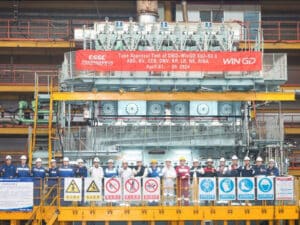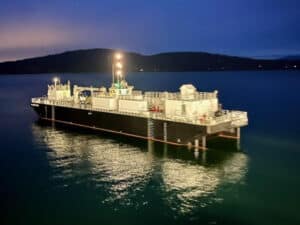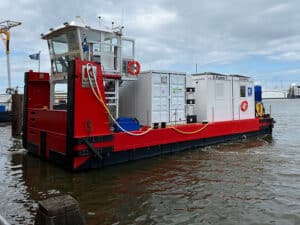
ABS releases new guidance on offshore structures
Written by Nick Blenkey JULY 31, 2013 — ABS has releases new guidance notes for assessing the structural consequences of accidental loads on offshore structures.
JULY 31, 2013 — ABS has releases new guidance notes for assessing the structural consequences of accidental loads on offshore structures.
While conventional design criteria typically take into account such variables as wind, wave, current, and weather conditions, they do not include guidance on assessing design integrity under the accidental loads of impact from moving vessels, dropped objects, fire or blast hazards. The new ABS Guidance Notes on Accidental Load Analysis and Design for Offshore Structures were developed to help identify and assess the effects of the structural loads that arise from these types of accidental events using risk-based assessment techniques.
ABS is the first classification society to provide such comprehensive guidance within a single guide on assessing the structural consequences of collision, dropped objects, fire and blast loads on offshore structures using a stepped risk-based approach.
ABS Director of Marine Technology Christina Wang says that the traditional approach to accident load induced structural assessment has been to use prescriptive criteria.
“The issue with this approach is that prescriptive criteria can give rise to a ‘one size fits all’ mentality,” she explains. “Over at least the last decade, there has been greater recognition that risk-based procedures can support and in some cases replace prescriptive criteria.”
The ABS Guidance Notes provide an overview of the process for identifying and assessing a variety of accidental loading scenarios that can be experienced by offshore oil and gas facilities with an emphasis on minimizing health and safety, environment, and facility risks. Companies can adapt the methodologies provided to a particular offshore installation or mobile offshore drilling unit considering the accidental structural loads it may experience.





Leave a Reply
You must be logged in to post a comment.